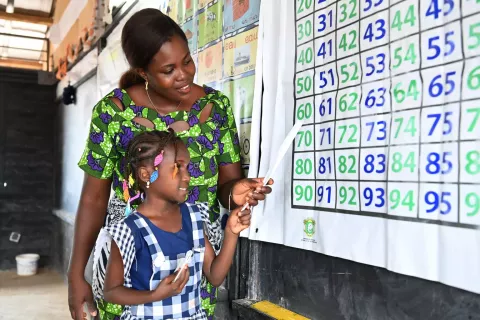Safe to Learn Diagnostic Tool
The diagnostic tool is designed to inform country-level collective dialogue between Safe to Learn partners and national counterparts.

Highlights
Over 1 billion children experience physical, sexual or emotional violence at home, in school, on the way to school, or online every year. Violence is a child rights violation which jeopardizes child development, negatively impacts on children’s education, health and wellbeing and on children’s capacity to learn and thrive. Evidence shows that violence in and around school severely impacts educational outcomes and undermines educational investments. The cost of this violence for society is estimated by the World Bank at USD 11 trillion in lost lifetime earnings.
“Safe to Learn” is a global initiative dedicated to ending violence against children in and through schools. Ending violence in and through schools refers to two aspects of ending violence. First, ending all violence that happens while at school, on and around school grounds, while getting to and from school, and in online activity linked to a student’s school life. Second, using school as an entry point to reduce violence in other areas of children’s lives.
The Safe to Learn initiative addresses diverse forms of violence including:
- Violence perpetrated by teachers and other school staff, including corporal punishment, cruel and humiliating forms of psychological punishment, sexual exploitation and abuse, and bullying.
- Violence that takes place between peers in and around schools, such as bullying, and other forms of physical, psychological and sexual violence, including gender-based violence; these forms of violence may also have an online dimension, which may include sexual exploitation and abuse, cyberbullying and digital harassment.
- Violence in a home and family setting; insofar as teachers and other school staff are typically the first point of contact with children outside of their families, they also have a professional duty to identify warning signs and respond where indications of violence or abuse are apparent.
- Violence in the community that has an impact on schools; this includes violence associated with gang culture, and armed violence in non-conflict settings.
- Attacks on schools, understood as any intentional threat or use of force carried out for political, military, ideological, sectarian, ethnic, religious or criminal reasons against students, educators, and education institutions.



